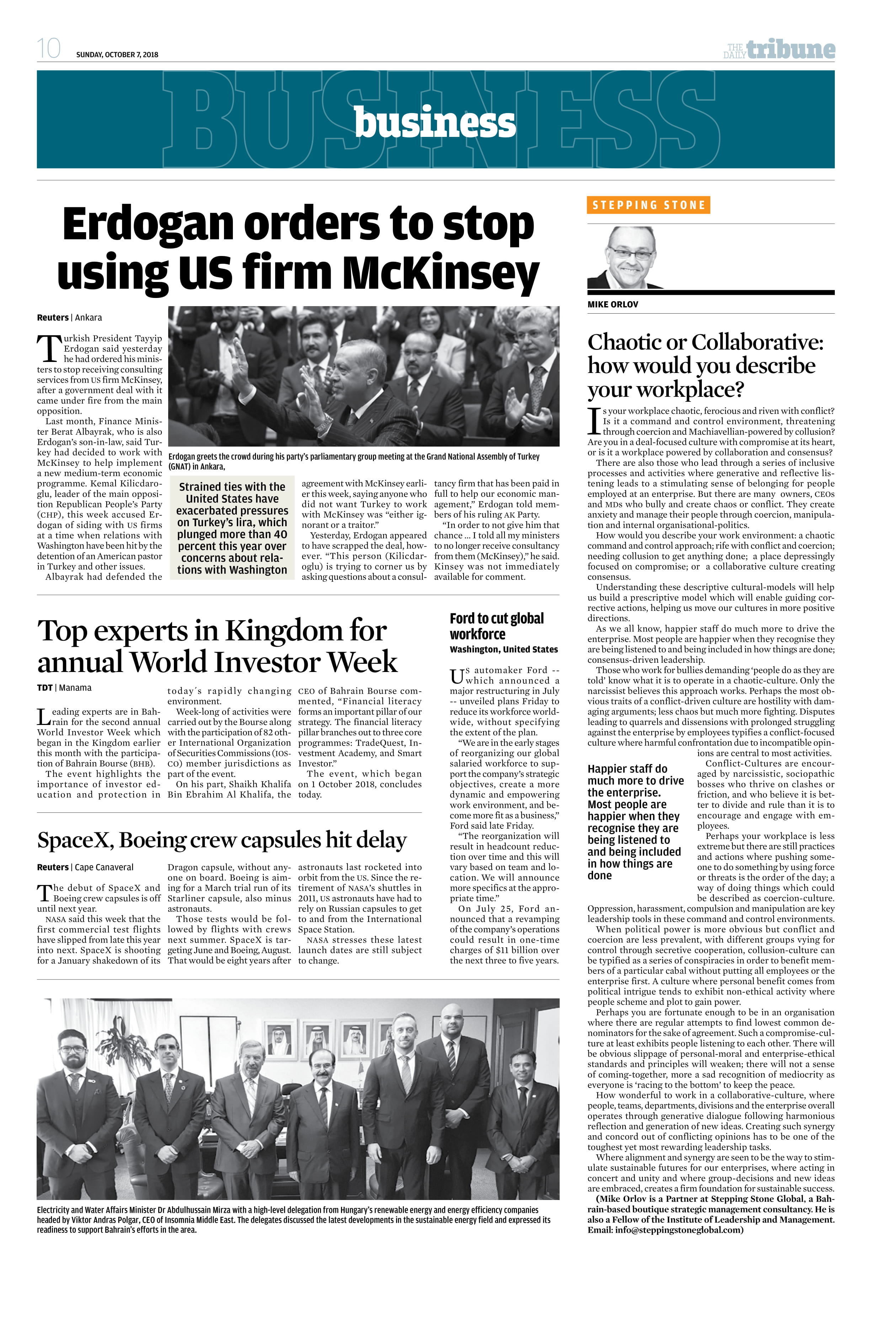Chaotic or Collaborative: how would you describe your workplace?
Is your workplace chaotic, ferocious and riven with conflict? Is it a command and control environment, threatening through coercion and Machiavellian-powered by collusion? Are you in a deal-focused culture with compromise at its heart, or is it a workplace powered by collaboration and consensus?
There are also those who lead through a series of inclusive processes and activities where generative and reflective listening leads to a stimulating sense of belonging for people employed at an enterprise. But there are many owners, CEOs and MDs who bully and create chaos or conflict. They create anxiety and manage their people through coercion, manipulation and internal organisational-politics.
How would you describe your work environment: a chaotic command and control approach; rife with conflict and coercion; needing collusion to get anything done; a place depressingly focused on compromise; or a collaborative culture creating consensus.
Understanding these descriptive cultural-models will help us build a prescriptive model which will enable guiding corrective actions, helping us move our cultures in more positive directions.
As we all know, happier staff do much more to drive the enterprise. Most people are happier when they recognise they are being listened to and being included in how things are done; consensus-driven leadership.
Those who work for bullies demanding ‘people do as they are told’ know what it is to operate in a chaotic-culture. Only the narcissist believes this approach works. Perhaps the most obvious traits of a conflict-driven culture are hostility with damaging arguments; less chaos but much more fighting. Disputes leading to quarrels and dissensions with prolonged struggling against the enterprise by employees typifies a conflict-focused culture where harmful confrontation due to incompatible opinions are central to most activities.
Conflict-Cultures are encouraged by narcissistic, sociopathic bosses who thrive on clashes or friction, and who believe it is better to divide and rule than it is to encourage and engage with employees.
Perhaps your workplace is less extreme but there are still practices and actions where pushing someone to do something by using force or threats is the order of the day; a way of doing things which could be described as coercion-culture. Oppression, harassment, compulsion and manipulation are key leadership tools in these command and control environments.
When political power is more obvious but conflict and coercion are less prevalent, with different groups vying for control through secretive cooperation, collusion-culture can be typified as a series of conspiracies in order to benefit members of a particular cabal without putting all employees or the enterprise first. A culture where personal benefit comes from political intrigue tends to exhibit non-ethical activity where people scheme and plot to gain power.
Perhaps you are fortunate enough to be in an organisation where there are regular attempts to find lowest common denominators for the sake of agreement. Such a compromise-culture at least exhibits people listening to each other. There will be obvious slippage of personal-moral and enterprise-ethical standards and principles will weaken; there will not a sense of coming-together, more a sad recognition of mediocrity as everyone is ‘racing to the bottom’ to keep the peace.
How wonderful to work in a collaborative-culture, where people, teams, departments, divisions and the enterprise overall operates through generative dialogue following harmonious reflection and generation of new ideas. Creating such synergy and concord out of conflicting opinions has to be one of the toughest yet most rewarding leadership tasks.
Where alignment and synergy are seen to be the way to stimulate sustainable futures for our enterprises, where acting in concert and unity and where group-decisions and new ideas are embraced, creates a firm foundation for sustainable success.

